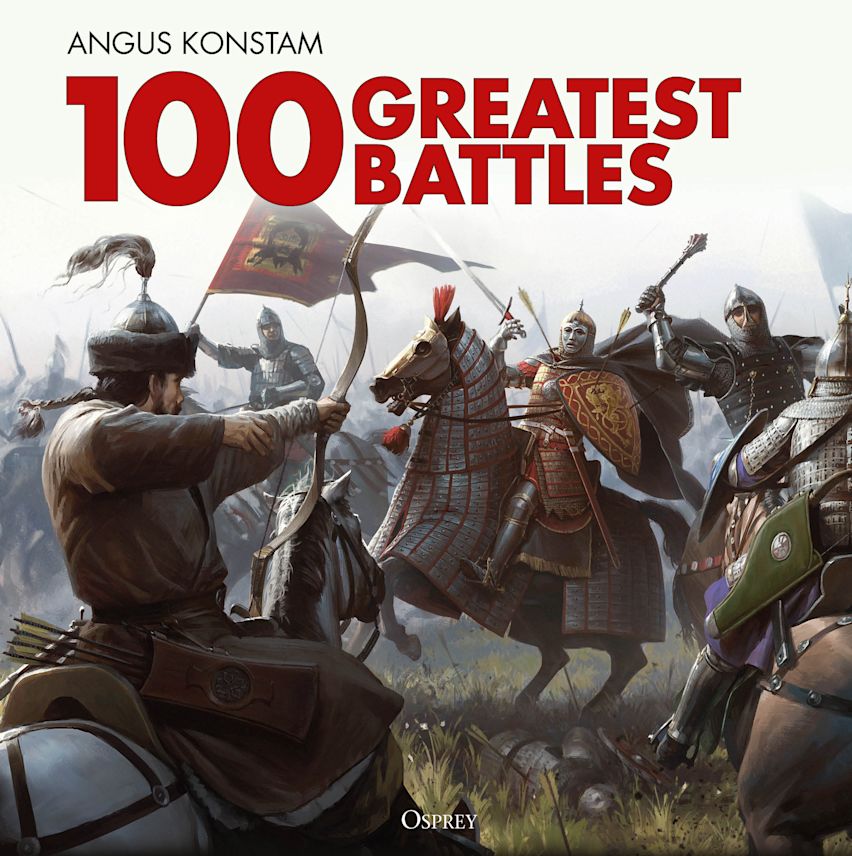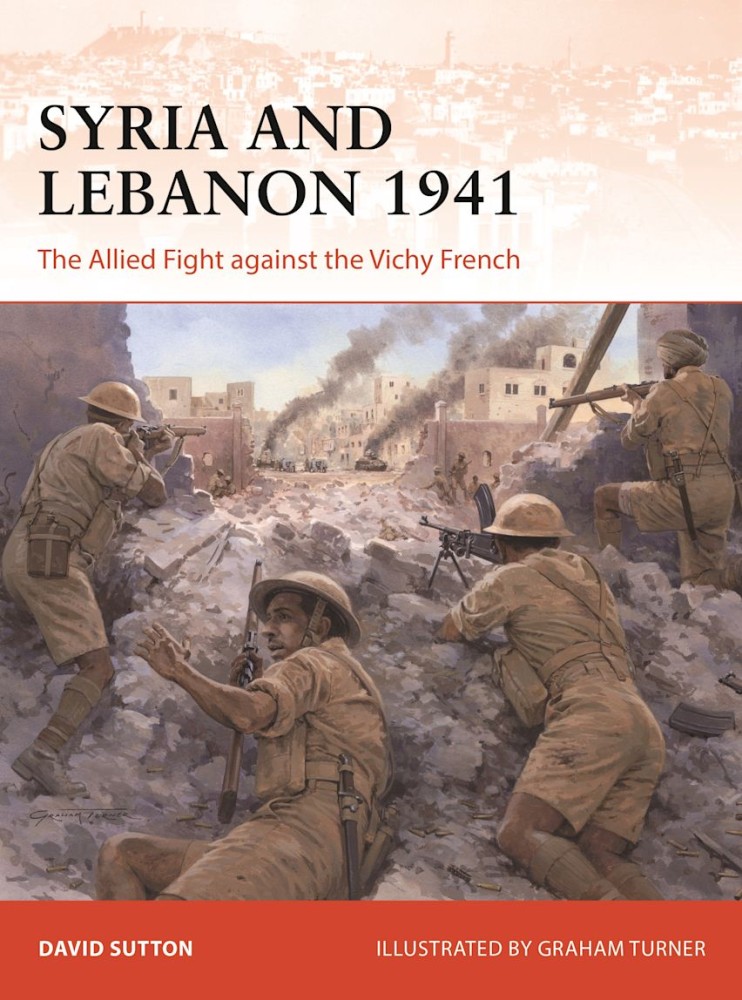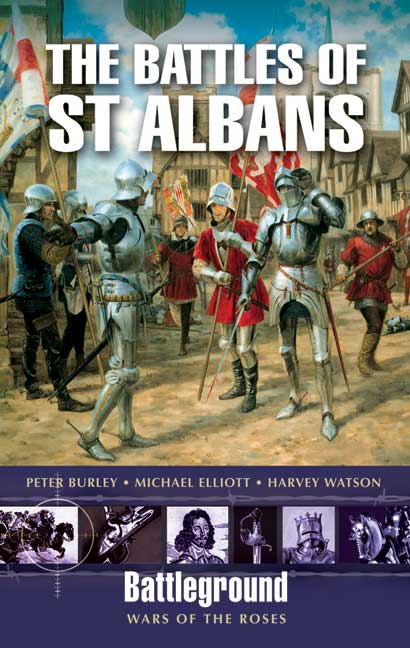A highly illustrated introduction to some of the greatest battles in world history, from the iconic encounters of the Ancient World such as Thermopylae and Cannae, through to the major clashes of the 20th century epitomized by Stalingrad and Khe Sanh.
This concise study by renowned military historian Angus Konstam examines one hundred of the most famous battles from world history. It includes great naval engagements such as Salamis, Trafalgar, Jutland and Midway; pivotal land battles that decided the fate of nations, such as Hastings, Yorktown, Gettysburg and the Somme; and the impact of the new dimension of aerial warfare in the 20th century at Pearl Harbor, in the Battle of Britain and in the skies over Hiroshima.
This highly illustrated book features 100 full-colour battlescene artworks from Osprey's comprehensive archive and is the ideal introduction to the battles that changed the course of history.
In June 1941, Australian, British, Indian and Free French forces invaded the Vichy French-controlled mandate of Syria and Lebanon. They faced an enemy that had more artillery, tanks and aircraft. They fought in rocky, mountainous terrain, through barren valleys and across swollen rivers, and soon after the initial advance faced a powerful Vichy French counter-attack on key strategic positions. Despite these difficulties, the Allies prevailed, and in doing so ensured that the territory did not fall into German or pro-German hands, and thus provide a springboard from which Axis forces could attack British oil interests in Iraq, the key territory of Palestine or the Suez Canal. This book examines the high military and political strategy that lay behind the campaign, as well as the experiences and hardships as endured by the men on the ground.
The battles in Syria and Lebanon were complex actions, often at the battalion level or below, and this work uses extensive war diaries and available records to make sense of the actions and examine how they affected the wider campaign.
St Albans is unique in having been the site of two pivotal battles during the Wars of the Roses, yet this is the first book-length account to have been published. It offers a gripping account of the fighting, and of the politics and intrigue that led to it, and it incorporates the results of the latest research. The authors also plot the events of over 500 years ago onto the twenty-first century landscape of St Albans so that the visitor can retrace the course of each battle on the present-day ground.



